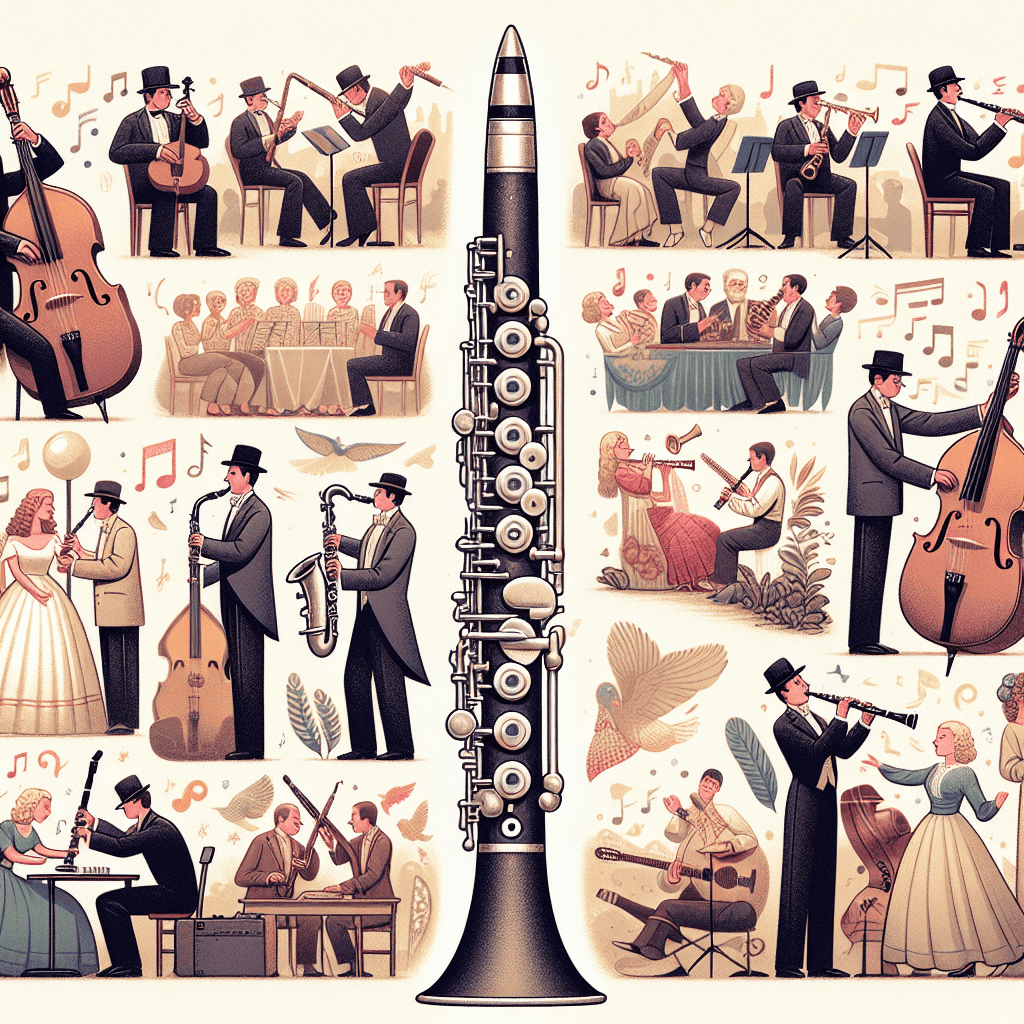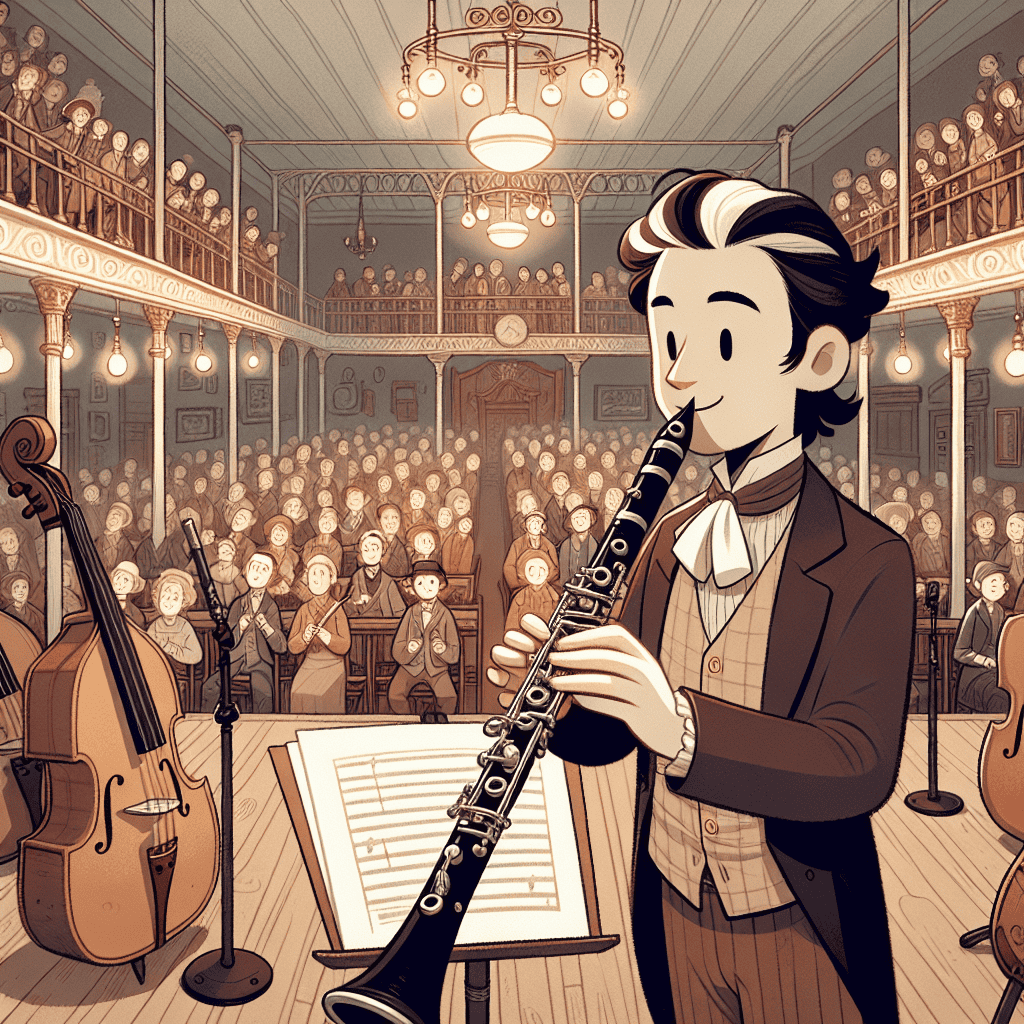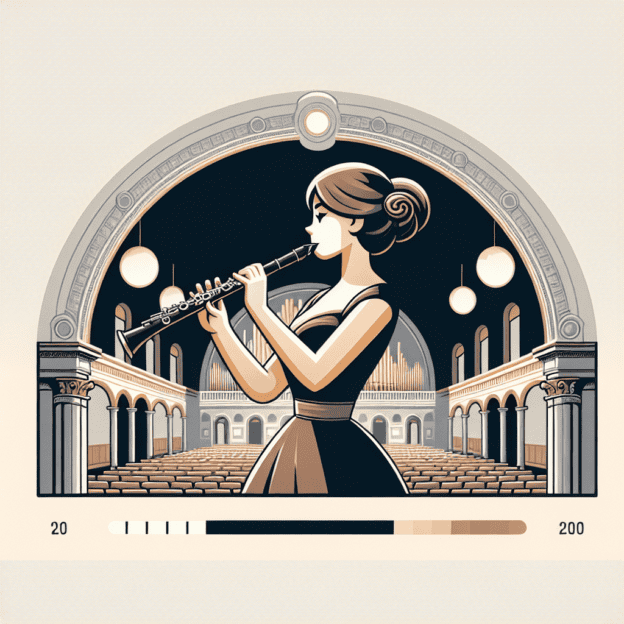The clarinet is a beloved woodwind instrument, known for its unique sound that can convey a wide range of emotions. Whether you're performing in a jazz band, orchestra, or as a soloist, the clarinet offers remarkable expression and adaptability. Learning about the clarinet's origins can deepen your appreciation for this amazing instrument and enhance your skills as a player.
Music historians debate the exact date of the clarinet's invention, but its roots can be traced back to the early 18th century. The first clarinets evolved from earlier woodwind instruments, particularly the chalumeau. Let's explore the fascinating history of the clarinet, including its invention, the people behind its creation, and how it has changed over the centuries.
Early Origins: The Chalumeau
Before the clarinet's arrival, musicians played the chalumeau, a single-reed woodwind instrument popular in Europe during the early 1700s. The chalumeau had a limited range of about an octave and was known for its soft, mellow tone. It's considered the clarinet's predecessor, sharing several design features like the mouthpiece and overall shape.
The Invention of the Clarinet
Johann Christoph Denner, a German instrument maker from Nuremberg, invented the clarinet as we know it today in 1700. Denner improved upon the chalumeau by adding a register key, which allowed players to reach a higher range of notes. This breakthrough expanded the instrument's musical possibilities and increased its appeal.
Early clarinets were crafted from wood, typically boxwood or other hardwoods, and featured a simple cylindrical bore. Denner's clarinet boasted a range of more than two octaves, making it highly effective for both solo and ensemble performances.
| Year | Event |
|---|---|
| Early 1700s | Chalumeau popular in Europe |
| 1700 | Johann Christoph Denner invents the clarinet |
| 18th Century | Clarinet gains popularity across Europe |
| 19th Century | Further developments lead to modern Boehm system |
| 20th Century | Introduction of plastic models |
The Clarinet's Evolution Through the 18th Century
During the 18th century, the clarinet grew in popularity across Europe. Orchestras and chamber music ensembles began incorporating it into their performances. Composers like Mozart played a significant role in establishing the clarinet's place in classical music, writing several pieces that featured the instrument, including his renowned Clarinet Concerto in A major.
The Clarinet in the Romantic Era
The 19th century brought additional improvements to the clarinet. Instrument makers such as Heinrich Baermann refined the instrument by modifying bore shapes and enhancing key mechanisms. These advancements led to the creation of the modern Boehm system clarinet, which is the most common design used today. Composers like Brahms and Weber prominently featured the clarinet in their works, showcasing its lyrical abilities and rich tones.
The Modern Clarinet: Materials and Types
As we entered the 20th century, clarinet manufacturing evolved to include new materials, such as plastic. While many orchestral players still prefer wooden clarinets for their warm sound, plastic clarinets have become popular among younger players and beginners due to their durability and affordability.
Today's clarinets come in various types, including the B? clarinet, A clarinet, E? clarinet, and bass clarinet, among others. Each type is suited for different musical styles and contexts, particularly within orchestras and bands.
The Clarinet Today
Modern clarinets continue to evolve with technological advancements and innovative instrument designs. Musicians explore various techniques, mouthpieces, and reeds to create unique sounds that match their personal style. The clarinet has become a versatile instrument, finding its place in numerous genres, from classical and jazz to funk and folk music.
Martin Freres: Crafting Quality Clarinets
When looking for a high-quality clarinet, it's important to consider reputable brands. Martin Freres has built a strong reputation for its commitment to craftsmanship, creating instruments that offer beautiful performance and excellent tonal quality. Many musicians find Martin Freres clarinets to be dependable for various playing situations, making them an excellent choice for both newcomers and experienced players.
The rich history of the clarinet can greatly enhance your playing experience. From its early beginnings as the chalumeau to its modern forms, the clarinet's development highlights the creativity of musicians and instrument makers. As you continue to explore the world of music with your clarinet, remember that each note you play adds to its ongoing story.







